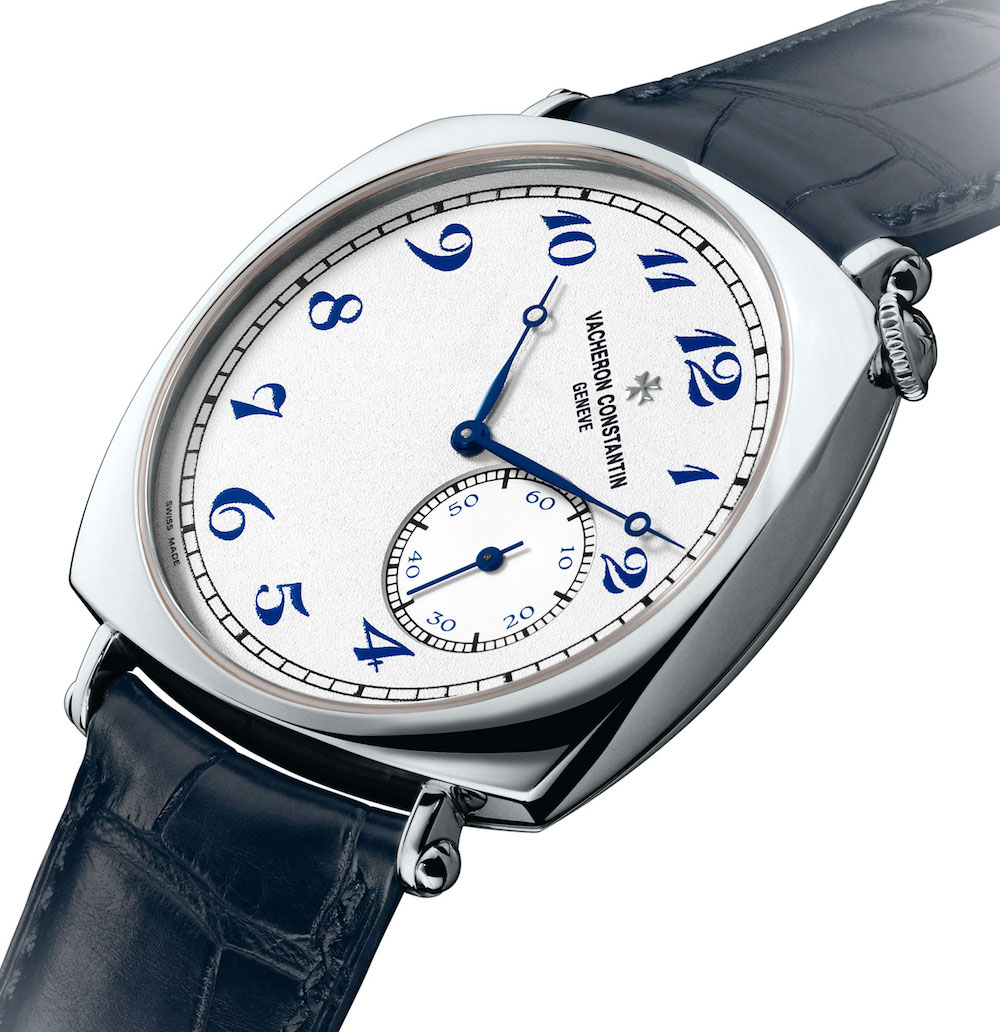
Watch collectors are quick to point out their boredom with particular products or brands for failing to do anything else. In fact, one subset of vintage watch collectors fled to old timepieces because they got tired of how little anything changes in modern watches. Also consider the remarkable rise of independent watch makers over the last 15 or so years. At the high- and low-end, you see more growth among newer watch brands than existing ones. Many of these new brands come to the table with fresh ideas, new ways of imagining what a watch should look and feel like, and a true sense of experimenting with design.
The popularity of these newer and independent brands goes against the traditional theory that high-end watch consumers are mostly interested in historic brands with legitimacy and stability. One might say that fresh designs are often enough to weigh in favor of a consumer buying from a riskier brand rather than a safe one.
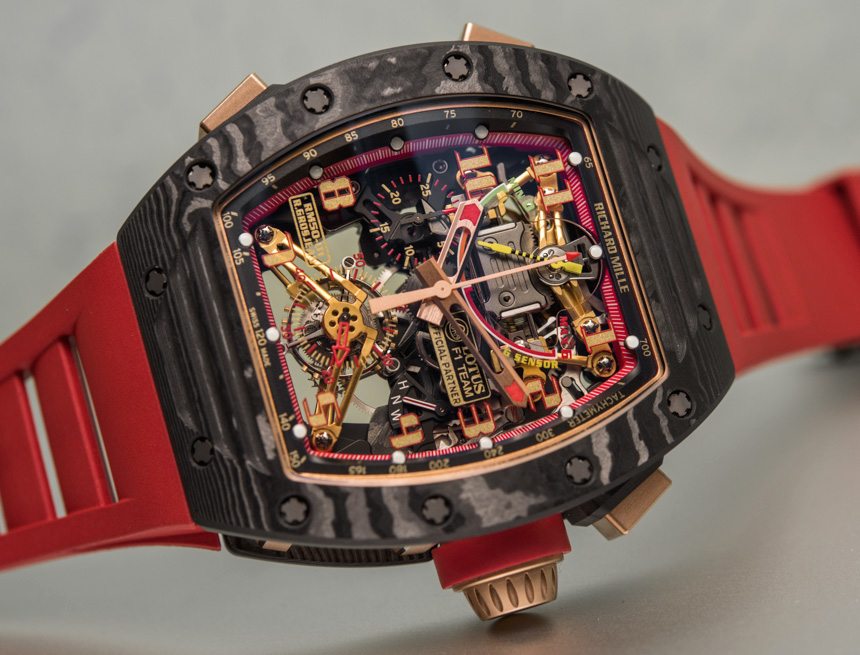
I don’t want to single out too many brands because I think each situation is different and it is difficult to generalize since many brands demonstrate the straight road phenomenon to a degree. I will however point to most of the brands under the Richemont Group as those are brands which very well demonstrate the straight road phenomenon in action. The brands have top-level rules and mandates from the group itself, which prevent risky designs from being produced. I can only guess as to the mechanics of this, but my presumption is that when brands present new product ideas to the board, those which are seen as deviating too much from established notions of brand DNA are denied the green light for production. If you look at brands like Panerai, Jaeger-LeCoultre, and Vacheron Constantin, you see extremely little “design movement.” New watches are released sure, but the vast majority of them are only seemingly allowed if they are a tweak of something existing or are a re-do of something old.
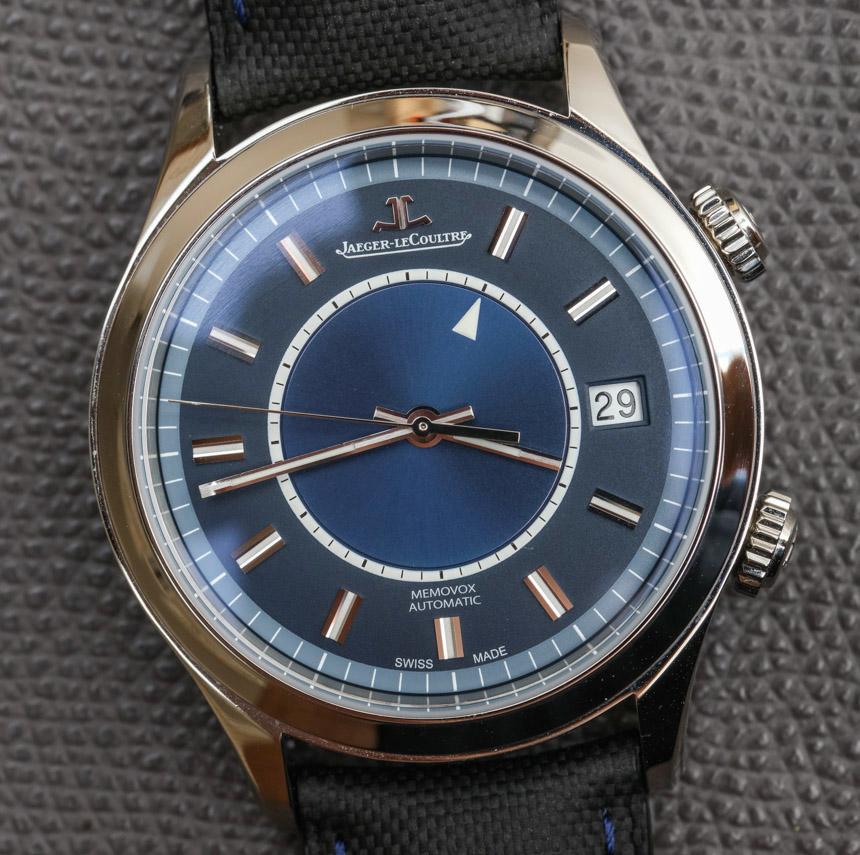
Richemont Group’s immediate goals (and groups like it) probably make sense to them, as brand image and perception maintenance are high on the list of priorities. Not only does Richemont not want its brands to step on each other’s feet, but it is concerned about reducing brand appeal by making mistakes. In other words, as a group with shareholders and goals to reach, they are taking what they believe is the least risky approach to today’s luxury watch market.
When it comes to products sold to satisfy the needs of passionate collectors, the most risky approach is of course often not the best approach. Still, it is hard to think of a good reason why brands cannot dedicate at least 10% of their production to experimental watch designs and new products that might sink or swim. At worst, these companies are creating both conversation and future collectible items, which are never things a brand with a long-term goal wants to avoid.
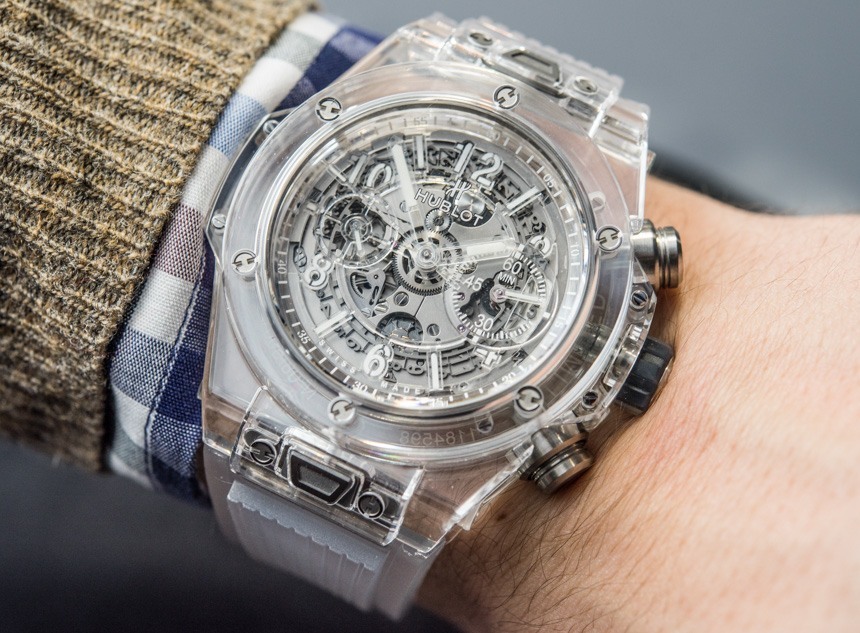
More so, consumers may be extremely vocal in their approval or disapproval of new designs, but in reality they are very forgiving when it comes to designs they don’t like. What consumers hate is being deceived. They don’t hold anything against a brand that tries something new only to fail. That brand might have to correct its course to hold on to certain customers, but in reality there is only pain in adopting poor marketing strategies, not in experimenting with designs. To push this point home I’d like to reference a poll we presented to the aBlogtoWatch audience which asks what factors can ruin a brand’s image to them. You can tell that very little if any of the conversation mentions anything about the design of their watches or a willingness to experiment with aesthetics.
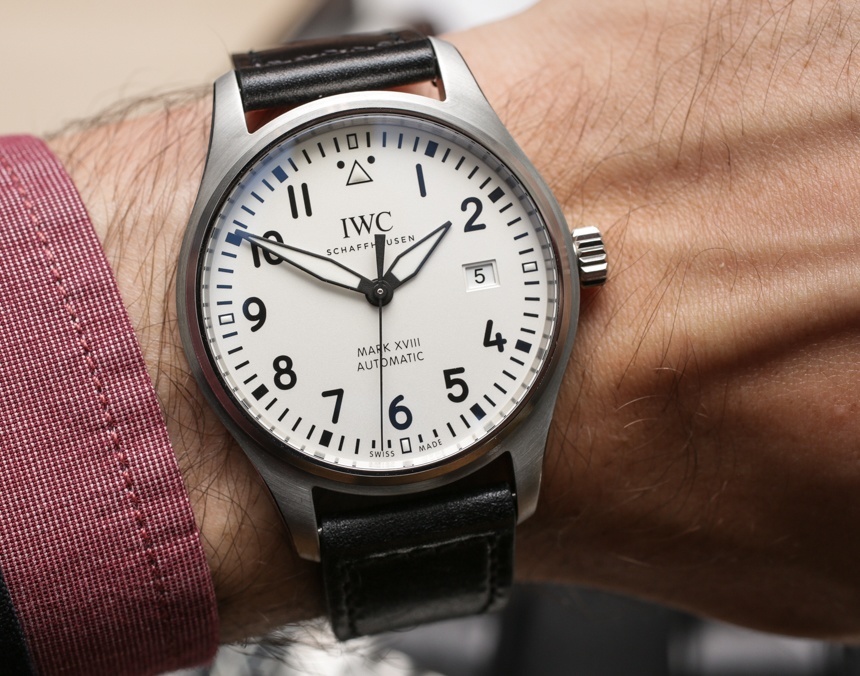
I’m not trying to single out the Richemont Group, but they are merely engaging in the precise type of behavior that I am saying is detrimental for a positive future outlook. Of course, there are brands like Rolex which are very successful but also demonstrate the straight road phenomenon. Still, one can argue that Rolex probably innovates just enough in both design, new products, and technical features to offer the type of evolution they need to keep going properly and to prevent itself from engaging in an endless cycle of regurgitation and recycling.
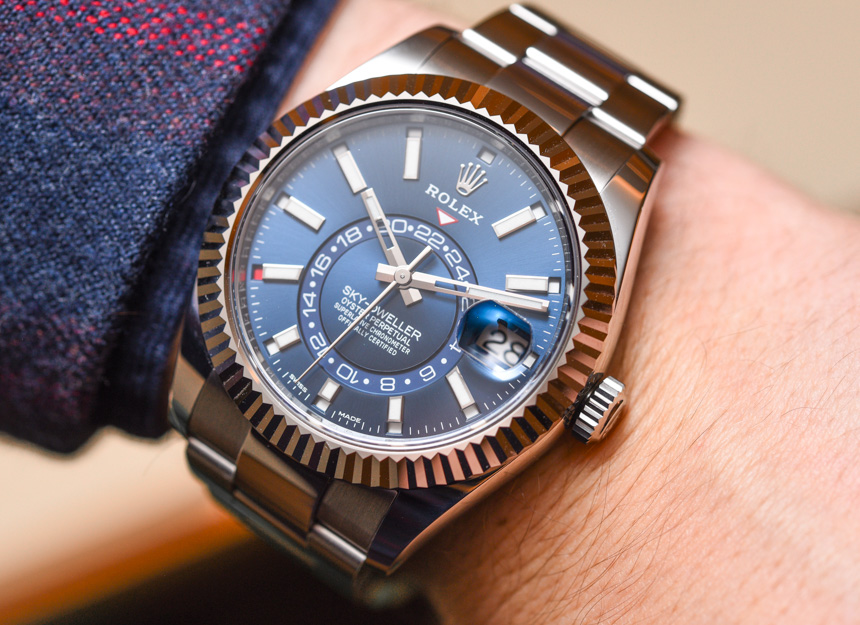
Some brands seem to successfully mix tried and true designs with experiments and produce both at the same time. I would argue that this is the best approach because it allows a brand to both grow and offer a predictable brand experience to those looking for something newly-made, yet classic in its approach.
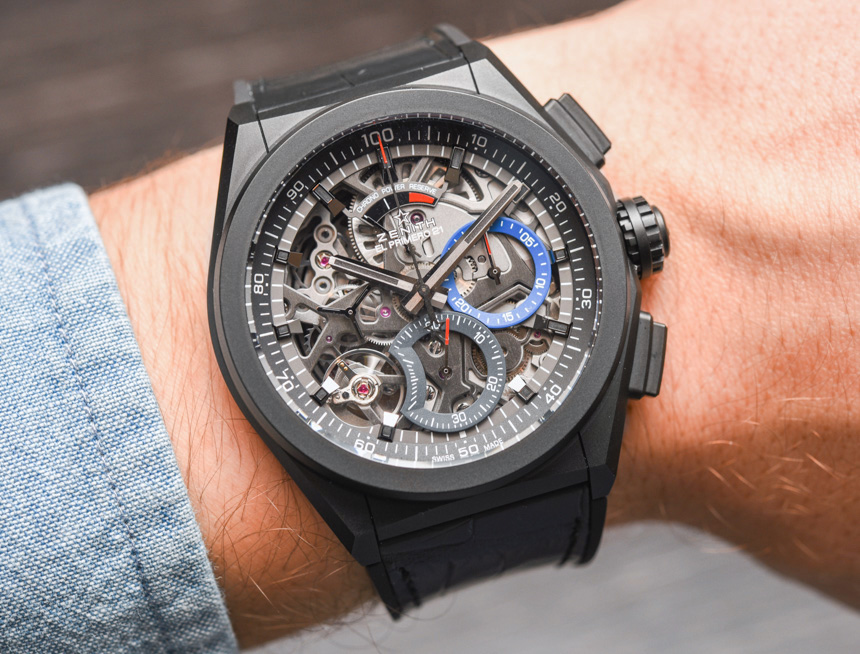
In 20 or 50 years, I believe that many of today’s major watchmakers will have little to look back on when it comes to inspiring new watches. Again, innovation is a delicate mixture of new and old when it comes to a successful luxury watch design. The point of this article was not to mere advocate for wholly original designs or those which are strictly conservative. I believe that the magic brands bring to the table is their careful mixture of new and existing elements making for products that build on the past, but look to the future. Some brands do it well, and others need to remember that risk-aversion isn’t always the best approach, especially if they want to continue managing the brand today with consideration for its future caretakers.

